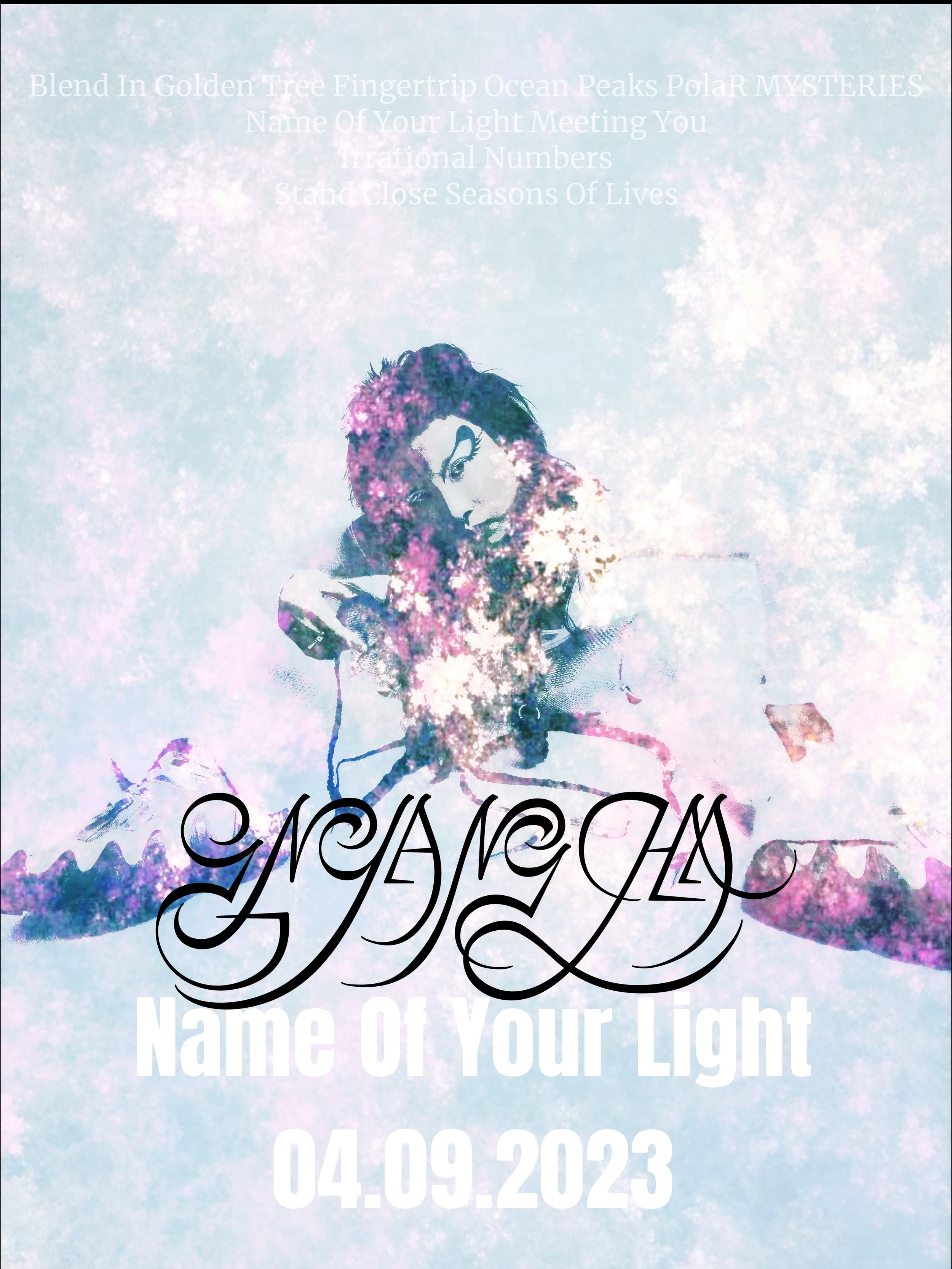Full Metal Cowgirl
With a drop after three years of architecture studies to pursue visual arts, Maria Vittoria is a multidisciplinary who after various experiments and explorations. Found the jewellery label Full Metal Cowgirl. Her initiatives are entwined with the generation of upcycled and creatively innovative designs extending various other fashion items in clothes and various other accessories.
Maria, what is fashion and art for you in 2023?
To me, fashion and art are linked, since I actually started as, and am, an artist. I expanded my practice to fashion, pottery and particularly jewellery. It’s the way I express myself, and since I’ve started making “wearable” and “usable” art, I noticed more people were involved also into my practice. I use it also as a way to allow people to own some smaller, but not less valuable, pieces of my artwork. I noticed that it’s not only me, but a lot of artists started expanding their areas of work by producing manufactures that can be bought and used, I think this is also an expression of the zeitgeist: not only finding other artists (which I perceive as an actual, virtual community) that share your interests and visual inspiration, but try to connect with the public and expand its pool by involving new practices into our own.
Tell us about your academic and creative background. How did this all start? What is the story?
I studied at IUAV, in Venice. I attended almost three years of architecture before finding the guts to change my study path to Visual art. I graduated in 2017 and got my master's degree at Chelsea College of Arts (UAL), in London in 2021. I started my artistic practice in 2015 when I left architecture for art studies, and it changed a lot over the years. In the beginning, my work was mostly linked to occultism, rituals, and magic, and was very intellectual. Maybe because of a need to make something with my hands, during and after the pandemic, my practice shifted to material works, and I started, in the most recent years, involving my interest in anime and manga culture, fantasy, sci-fi and video games. I began using wax and then resin. In 2022 I started working with clay, metal, second-hand clothes and knitting/crochet, making white weapons (especially swords, flails and scepter-shaped daggers), bags, pins, garments and jewellery.
Please tell us about your fascination with raw jewellery designs, and how the creative process goes for you.
I sometimes draw my designs before making them in wax or a silver-tin alloy, but I usually do not follow a drawing. I prefer to let the materials, my hands and my inspiration work together to get to a final piece. Since the techniques and the dimensions of the artefacts allow me to work pretty fast, I don’t have a lot of time to overthink, and I can experiment a lot without wasting big quantities of materials and money, which may happen when I try to put together my usually bigger art-artworks.
With your culture of Italian background, please tell us the people you grew up being inspired and influenced by.
I perceive my culture as a mix of religious aesthetics, ancient and modern art, fashion inheritance and originality. I grew up in a catholic family, which influenced my visual taste, but they luckily allowed me to express myself as I wanted to and pushed my interest in art and fashion. It may sound not very Italian, but alternative subcultures as punk, grunge, metal etc. shaped my aesthetic sense and style since I was a teen.
Beyond Growth to Introspection, Can the fashion of the era of humanism, which was extremely centred on humans and handcrafts, sustain?
What I believe is that we’re already walking towards a new era for humanity, since industrial processes and artefacts are often being replaced by handmade items, second-hand and recycled materials/objects. By re-introducing and learning artisanal processes, we can help this trend to stay; AI, modern technologies and new materials can make artisanal works less heavy and less polluting, while still giving space to artists to create and stimulate them.
Tell us about your designs and creative directions, how do you finalise the looks?
That’s a hard question since I cannot explain this, but I will try. I actually can see and feel when a piece is done. I think it might happen because of my trained and innate sense of proportions and maybe a custom to beauty all around me that does the trick. I just know it.
According to you, How can the fashion industry cooperate for a positive future, that includes such a personalised approach?
To me, the fashion industry is recently starting to include and promote small manufacturing excellence realities, often working on and dropping collaborations between big brands and smaller ones. This helps the industry to stay cool and relevant, while also giving some space to and creating a new market for emerging smaller companies.
Last but not least, please talk about the need to embrace handmade artworks more than ever.
I think that in this postmodern, capitalist era people are more prone to, when possible, buy original pieces made by artists instead of less valuable and low-quality industrial ones, possibly to feel unique, but maybe also to support emerging artists. I noticed an expansion and growth of both physical markets and virtual ones, often gathering together the works of different artists. I think that the way, the possibility to access every material, technique, and technology and to sell, everything online, has pushed more and more creatives to expand their production to wearable pieces, smaller size artworks and also huge ones when supported by virtual platforms to show them.
FULL METAL COWGIRL
interview JAGRATI MAHAVER
More to read
























